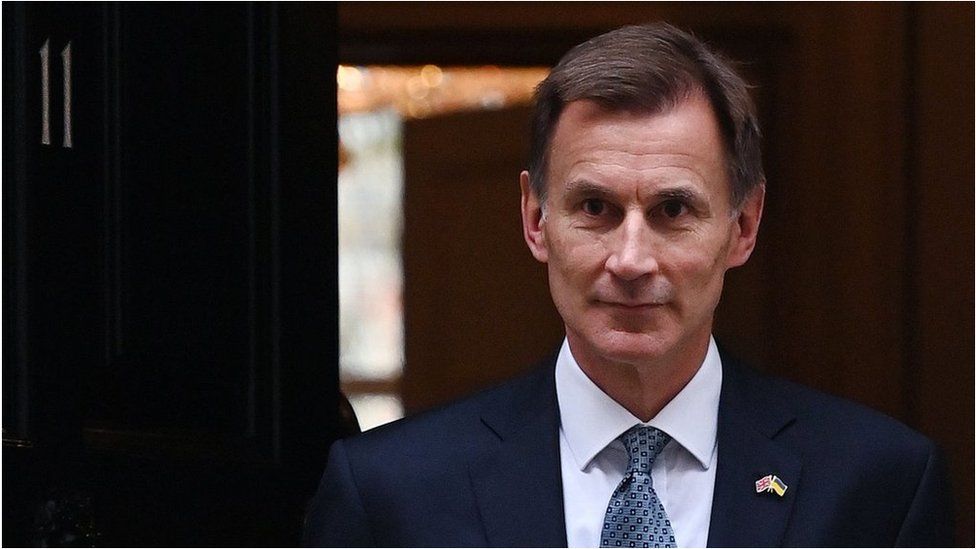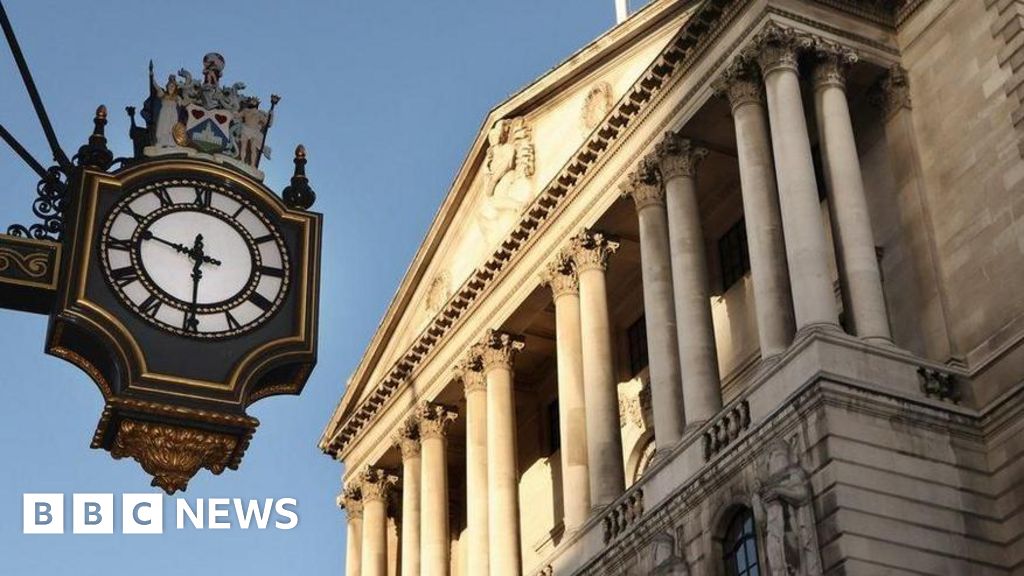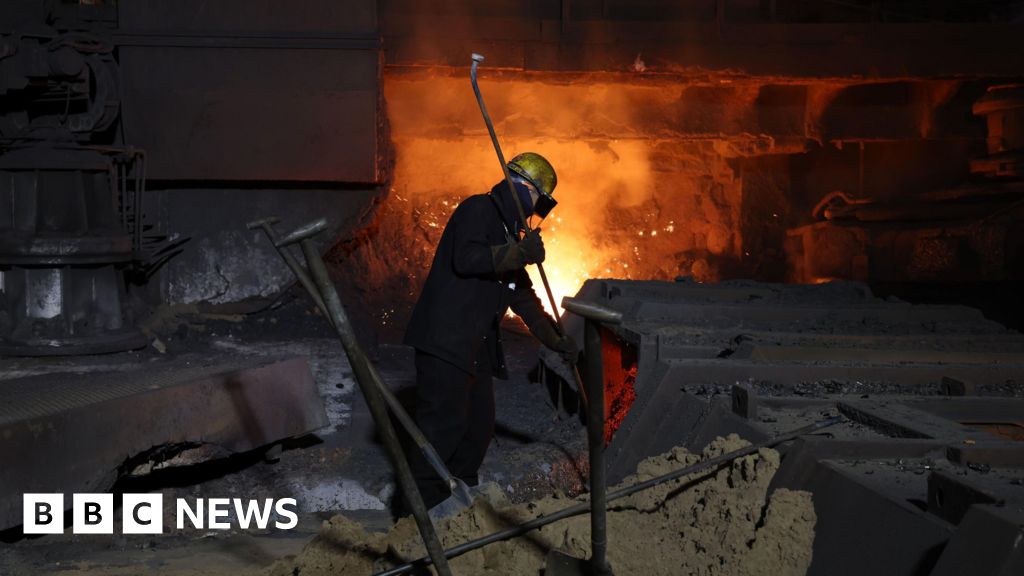ARTICLE AD BOX
 Image source, Shutterstock
Image source, Shutterstock
The government's plans for taxation and spending in the year ahead will be announced when Chancellor Jeremy Hunt makes the Autumn Statement on Wednesday.
How much money does the government have to spend, and where does it come from?
How much money does the government raise?
Such a big number is hard to picture, but for that money you could comfortably buy the UK's 10 most valuable companies. It's about £15,000 per person in the UK.
It is the chancellor's job to oversee the collection and distribution of this money.
Where does the government's money come from?
About a quarter of the money the government expects to raise this year will come from income tax, which people pay on the money they earn.
The amount of money the government makes from income tax is expected to rise in the coming years.
This is because the amount you are allowed to earn before you have to pay income tax has been frozen until 2028. The point (threshold) at which people start paying higher rates of tax has also been frozen.
The next two biggest earners are VAT, which is paid on many purchases, and National Insurance, which is another tax levied on people's earnings.
The tax categories described as "other" are also relatively large. These include capital gains tax, stamp duty and vehicle excise duty.
The total amount of tax the government takes as a proportion of the size of the economy is also rising, and is expected to reach record levels in 2027-28.
Some sources of money for the government don't come from taxation, such as student loan repayments, which are included in the "other non-taxes" category.
What does the government spend money on?
Social protection spending is by far the biggest outgoing for the government, accounting for more than a quarter of all its expenditure.
This includes the cost of benefits paid to pensioners as well as benefits to working-age people.
If you look at what has happened to these since the Conservatives came to office as part of a coalition in 2010, spending on pensioner benefits is worth about the same proportion of the economy as it was. However, working age benefits are worth less.
About a fifth of government spending goes on health. Health spending has been rising for decades, because of the growing cost of looking after the UK's ageing population, and increased spending on treatments.
The next biggest area of spending is education, which was cut in the 2010s and has been recovering since.
After this comes the cost of interest on the debt the government has borrowed.
Spending on debt interest has increased considerably - that's the amount the government has to pay for all the money it has borrowed. The interest is about 50% higher as a proportion of the size of the economy than it was in 2010.

 1 year ago
45
1 year ago
45








 English (US) ·
English (US) ·